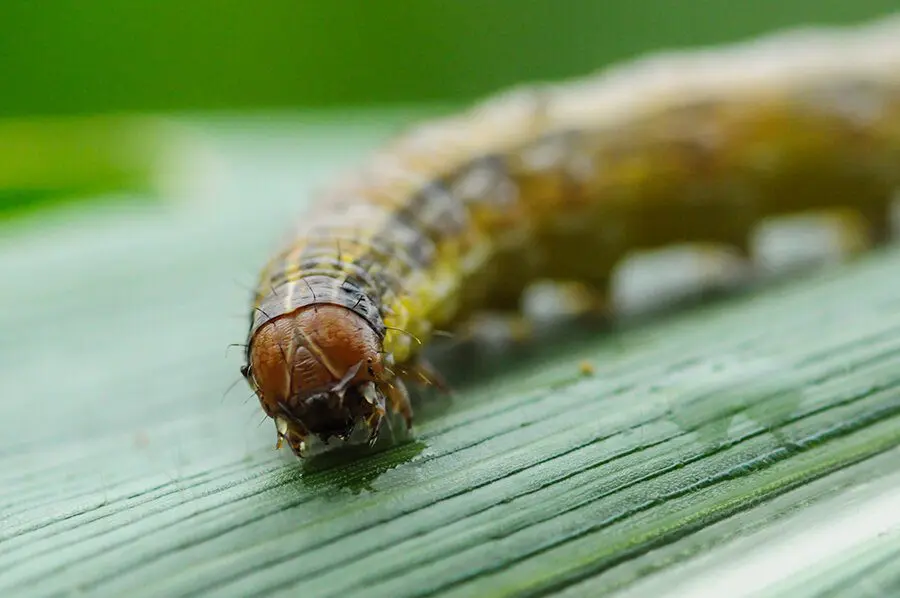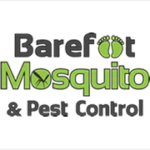It’s not your average home invasion—this one is silent, relentless, and leaves devastation in its wake. Central Oklahoma homeowners are facing an unexpected enemy: armyworms. These tiny, voracious pests are devouring lawns overnight, leaving homeowners frustrated and footing the bill for expensive repairs.
A Costly Surprise
For Rex Unruh, the invasion began with just a few harmless-looking worms on his sidewalk. But within hours, the reality set in—his once-green lawn was being devoured right before his eyes.
“Two mornings ago, I come out and seen dozens of these little bitty worms, and then I realized they were doing all this damage,” Unruh told KFOR. “I kind of feel like they are just little monsters as bad as they do and how quick they do damage.”
By the time he noticed the full extent of the destruction, Unruh and his wife had already spent $135 trying to restore their grass. Unfortunately, they weren’t alone.
A Widespread Problem
Across Oklahoma, homeowners are sounding the alarm. Armyworm infestations are spiking, with Oklahoma pest control companies fielding hundreds of desperate calls.
“We’re just covered up with phone calls,” said Gary Roberts, President of Acenitec Pest Control (now a Barefoot Mosquito brand).
More than 200 residents have already reported armyworm invasions this season—and the number continues to rise.
Where Do Armyworms Come From?
Armyworms aren’t native to Oklahoma; they migrate up from the southern regions of Texas, typically in late summer and early fall. Favorable weather conditions, including warm temperatures and adequate rainfall, create the perfect environment for them to thrive. These pests primarily feed at night, making it difficult for homeowners to catch them in the act. By the time the damage is visible, it’s often too late.
Signs of an Armyworm Infestation
Early detection is crucial when it comes to armyworm control. Here’s what to look for:
- Brown or thinning patches – Grass that appears to be dying rapidly.
- Chewed or ragged edges on leaves – Armyworms feast on grass blades, leaving behind uneven damage.
- Stripes or patterns on caterpillars – The larvae are typically greenish-brown with distinctive stripes along their sides.
- Increased bird activity – If you notice birds pecking at your lawn more than usual, they might be hunting armyworms.
How to Protect Your Lawn
While armyworms can cause severe damage in a short period, there are steps you can take to minimize the impact:
- Monitor Your Lawn Regularly – Check for signs of feeding damage, especially in late summer.
- Water and Fertilize Appropriately – A healthy lawn is more resilient to pests.
- Use Natural Predators – Birds and beneficial insects, like parasitic wasps, can help control armyworm populations.
- Apply Pest Control Treatments – If you suspect an infestation, professional pest control services like Barefoot Mosquito can provide targeted treatments to stop the invasion before it spreads.
Don’t Let Armyworms Take Over Your Yard
If you’ve noticed suspicious patches of dead grass or an increase in caterpillar-like pests, don’t wait until the damage is irreversible. Contact Barefoot Mosquito today for expert pest control solutions that protect your home and lawn—without unnecessary chemicals.
Armyworms may be tiny, but their destruction is anything but small. Stay ahead of the invasion before these “little monsters” turn your beautiful yard into their next feast.


